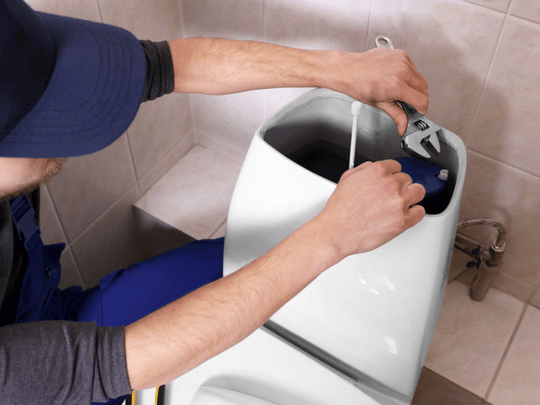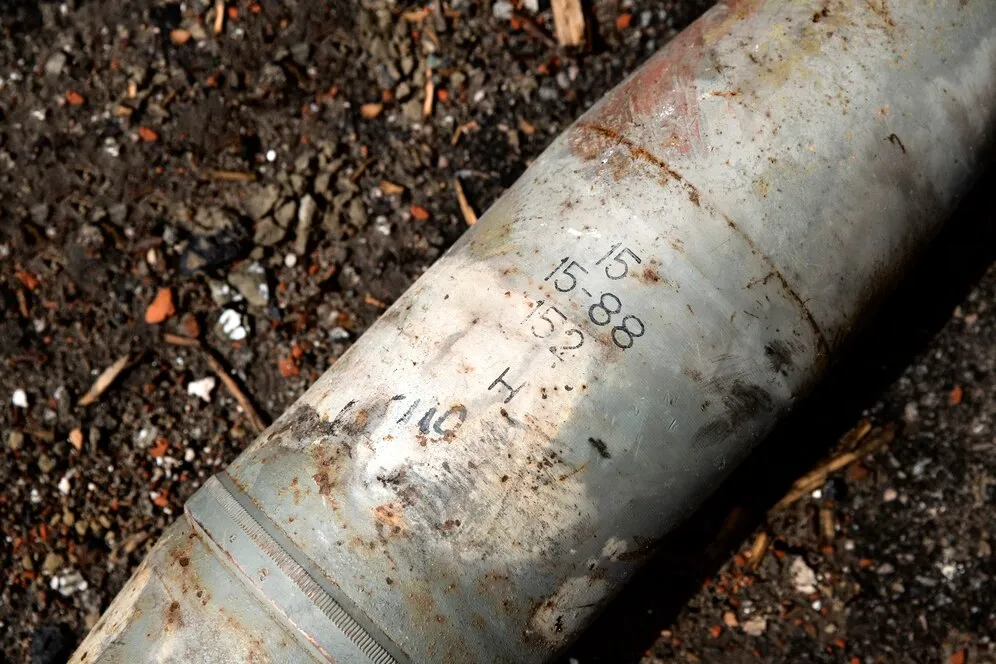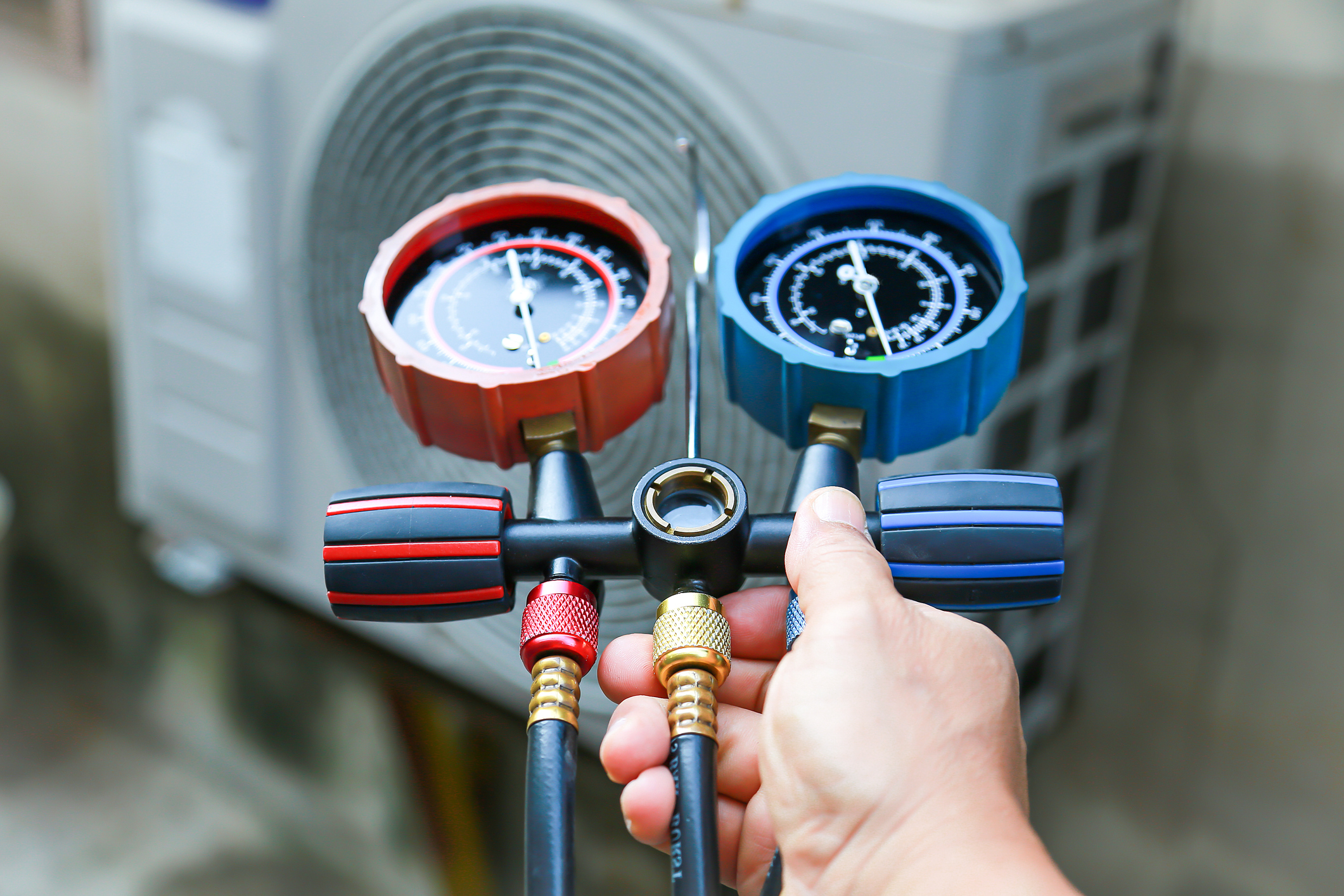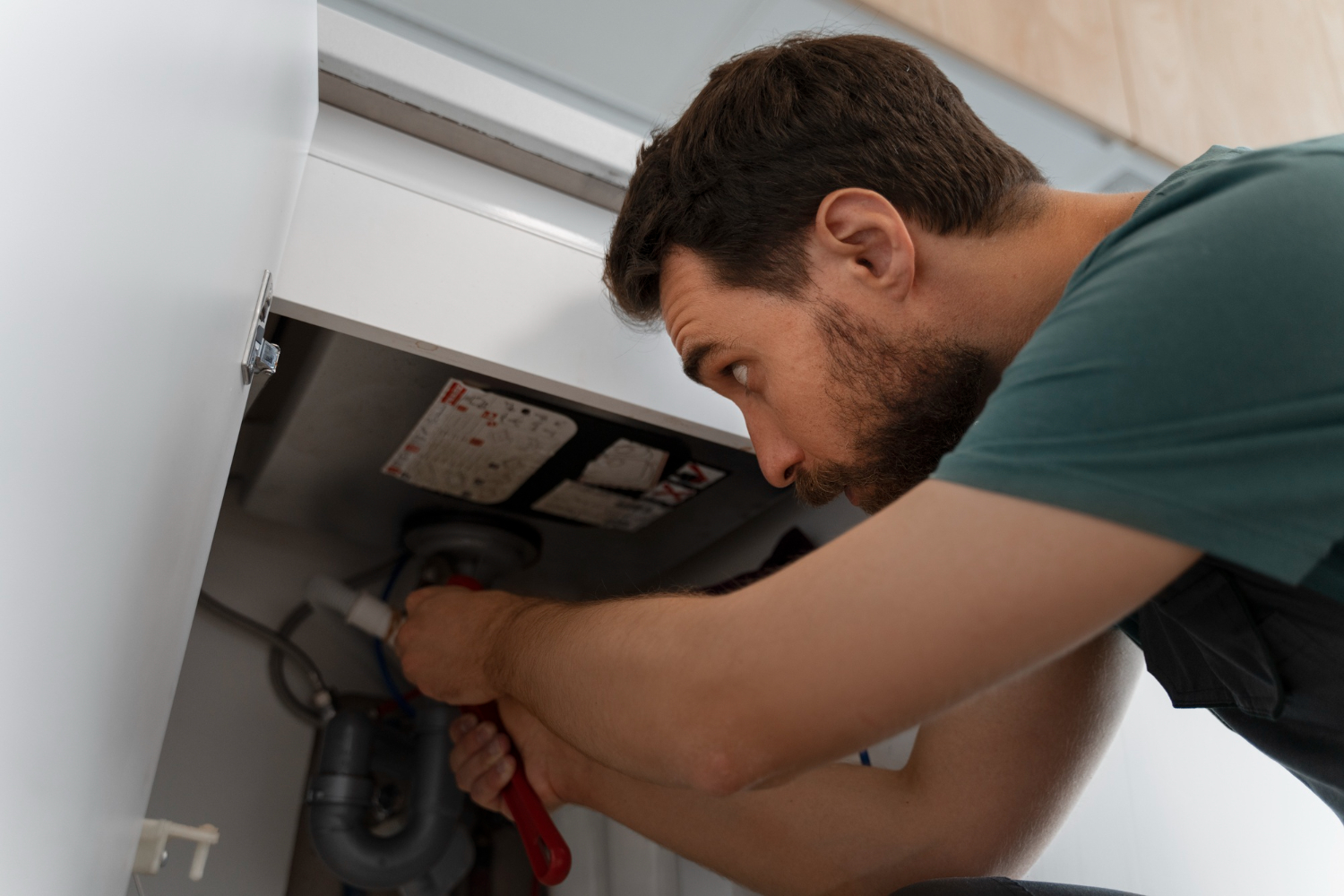When you flush your toilet, water drains from the tank portion of the latrine down into the bowl, removing the waste and water inside and replacing it with fresh water. The tank itself is then refilled with a special device known as a “fill valve.” The fill valve uses a “float”, or floating piece of plastic to turn the water connection on and off based on the level of water in the tank. However, fill valves can and do eventually wear out, as do seals, connections, and much more. All of this means it’s perfectly possible that after a while you’ll need to replace your fill valve.
Replacing your fill valve is actually a simple project, and there’s a good chance you can complete it yourself with little to no experience and nothing more than a few basic tools which you probably already own. On this blog, we’ll give you a step-by-step guide on how to replace your fill valve and even some helpful tips to make this job easier than you may have ever thought possible. If you have any questions or need help, reach out to our expert South Jersey plumbers!
Things You’ll Need To Change Your Fill Valve
In Order To Change Your fill Valve, You’ll Need The Following Things:
- A replacement fill valve, which can be purchased for generally around $10 to $20 from your local hardware store or home improvement warehouse (universal fill valves fit almost all toilets except a select few proprietary systems, but you more than likely don’t have one of those)
- A large pair of pliers or a plumber’s wrench (for loosening or tightening nuts)
- A roll of paper towels or work rags for mopping up water
That’s all. Replacing a fill valve is a pretty simple project, and as a result all you’ll really need are a few common materials to get the job done.
How To Remove The Old Fill Valve
Step 1: Shut Off The Water
The first step to replacing your fill valve is to shut off the water connection to your toilet. On the wall immediately behind your toilet should be a knob attached to a water line that sticks out from your wall. Twist this knob clockwise and you should shut the water connection off. Lift the lid off your toilet tank and then flush your toilet to empty out the tank and to make sure the toilet doesn’t refill. If you hear water spilling in through your fill valve and see your tank refilling, then your water isn’t shut off.
Step 2: Disconnect The Water Connection & Remove The Water Line
Once the water is off and the tank is empty, disconnect the water connection to your fill valve, which is usually a small plastic or rubber hose which connects to a small nipple or input location on your fill valve. You may have to loosen a clamp on the hose, but this is done by squeezing the two ears on the clamp to expand it and then sliding the clamp further down the hose. You’ll also need to remove the water line from your overflow tube, which is where water is sent back down into the bowl of your toilet to refill it every time you flush.
Step 3: Find, Loosen & Remove The Fill Valve
Once these connection hoses are free, look at the outside bottom of your tank immediately beneath where your fill valve is located and you should find a small plastic nut which is locking the fill valve in place. Using a pair of pliers to get a solid grip on the nut, loosen it and the fill valve should become loose almost immediately. Don’t worry if a little bit of water starts to spill out from the bottom of the fill valve at this point—this is just residual water left in the tank. Once you remove the plastic nut, you should be able to just lift the fill valve out of your tank completely.
How To Install The New Fill Valve
Putting a new fill valve in is just a matter of reversing these instructions. Most new fill valves will come with a new plastic nut for added strength as well as a rubber sealing washer to prevent any unwanted leaks.
Slide the rubber washer onto the threaded end of your new fill valve and then set it in place. Place the new nut on the threaded end beneath the toilet but don’t tighten it down just yet. Before you do, make sure that your water fill hose has an easy, unencumbered path to the main connection. If there are any kinks or significant bends in your fill hose, rotate the fill valve until they’re gone.
Now secure the fill valve down with the nut on the bottom. Use pliers to make sure it’s truly tight. Now reconnect both the main water line and the hose that reaches over into your overflow tube.
How To Calibrate Your New Fill Valve
Turn the water back on and your toilet should begin to refill. As the toilet refills, check to make sure that no water leaks out from the nut on the bottom of the tank (you may need to re-loosen and tighten the nut again to make sure it’s properly sealing if it does).
If no water is leaking, the next thing you’ll need to do is calibrate your float to make sure it shuts off at the proper water level. Different valves are going to do this differently, and the instructions that come with your specific fill valve should tell you how to do it.
However, for many common valves (including those from Fluidmaster), the adjustment is usually a small knob which you turn to raise or lower the float. Ideally, your float should be low enough to the point where it shuts off your fill valve when the water level reaches about ½ ¾ of an inch below the top of your overflow tube.
Once you have this configured properly, you’re done!
South Jersey Plumbers Ready To Help!
If following these steps didn’t quite work, or you need help with another plumbing project, don’t hesitate to reach out to us for reliable South Jersey plumbing service today!








